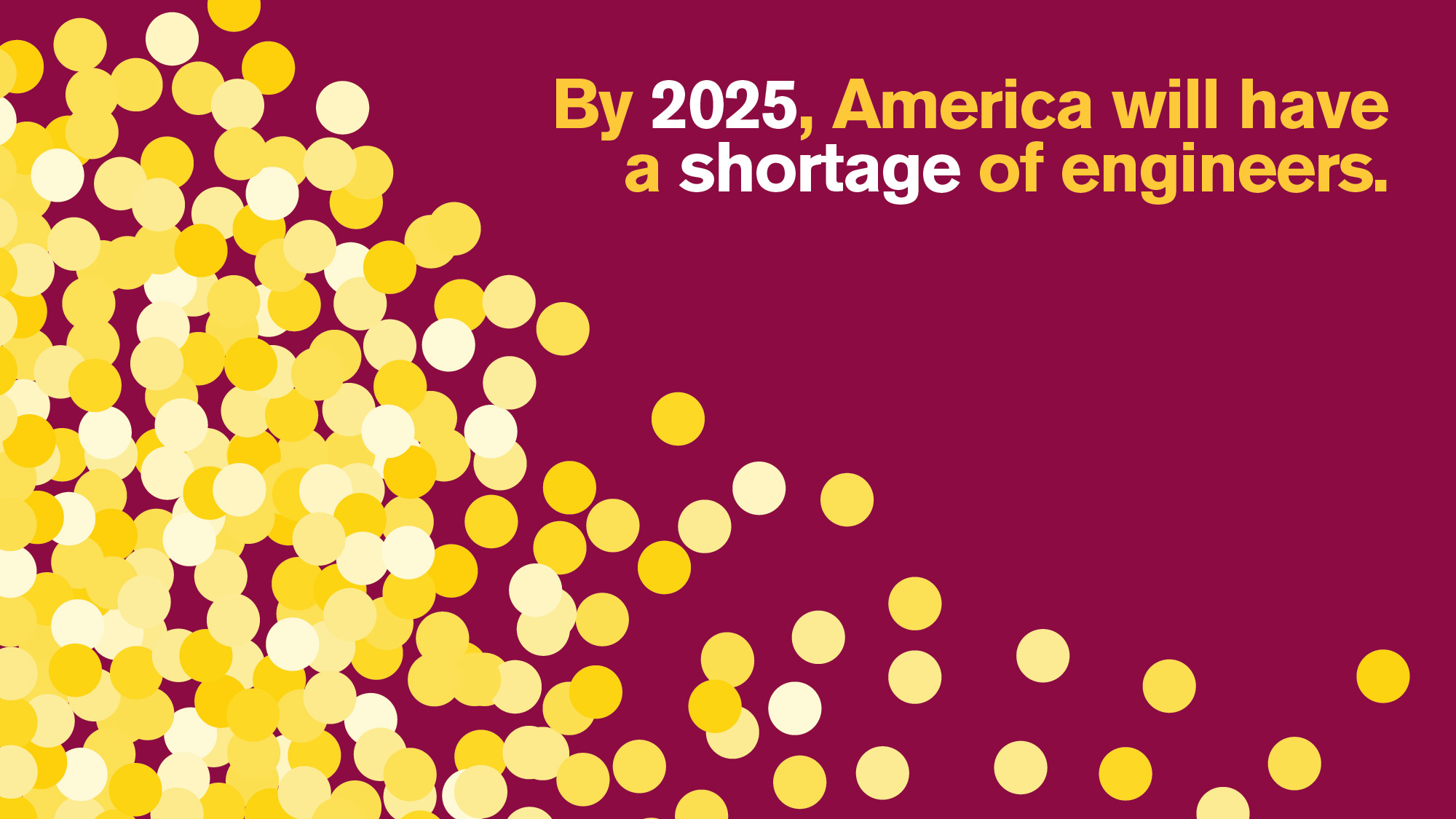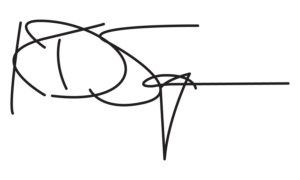
America needs more engineers
By Kyle Squires
Convergence magazine > America needs more engineers
It’s arguable that many of the critical problems facing our world today will be placed at the feet of engineers, and to respond to today’s pressing concerns and tomorrow’s opportunities, we are going to need many more of them.
According to the Bureau of Labor Statistics, economic projections point to a need for approximately 1 million more STEM professionals than the U.S. will produce at the current rate by 2025. This is a critically important challenge, especially if we’re to retain the nation’s historical preeminence in science and technology.
Meanwhile, it’s a vital and vibrant time in engineering – from challenges, to discovery, to application, the opportunities to transform society and improve quality of life have never been clearer. Engineers and computer scientists are at the forefront of advancing the basic discoveries that will enable tomorrow’s technological breakthroughs. So with all of these questions and opportunities at our feet, how do we make sure we’re inspiring the next generation of engineers at a never before seen scale to meet the challenge?
At Arizona State University’s Fulton Schools of Engineering, the largest and one of the most comprehensive engineering schools in the nation, we are constantly thinking about how to address this challenge in a comprehensive way, and I think it comes back to a few core ideas:
Adopting a mission grounded in student access. Increased access, not exclusivity or elitism, is perhaps the key factor for addressing the shortage of engineers in the U.S. To solve our toughest challenges, we need more minds, not fewer. Higher education has been slow to evolve and needs to do a better job of producing engineering graduates across the socioeconomic spectrum. And, as we are proving every day, advancing access does not come at the cost of sacrificing excellence and impact.
An authentic emphasis on improving diversity in STEM fields. If we continue to tap into the same populations and demographics, we will keep asking the same questions, giving the same answers and, ultimately, getting the same results. At ASU, 61.4% of enrolled engineering students are from minority groups, female or from outside the U.S. and we’re working at every opportunity to ensure our student makeup is representative of the diverse communities where we live and work.
Embracing interdisciplinary approaches to solve real-world challenges. How do we educate young engineers in a way that encourages them to ask “why?” and “why not?”. One answer is coupling traditional engineering curricula with an emphasis on other fields of study or exposure to research practices early in a student’s academic career. The toughest questions to answer often do not neatly slip into a single discipline but lie at the seams of multiple disciplines, requiring communication and collaboration across fields.
As engineers and educators, if we’re to make a sincere effort to address the shortage in American STEM talent, we need to commit to and adopt these ideas at a scale that speaks to the urgency of the challenges we face. The more diverse young minds we have solving tomorrow’s STEM challenges, the better we’ll be.

Kyle D Squires, Dean and Professor
Follow Dean Kyle Squires @kylesquires on ![]() Twitter and
Twitter and ![]() LinkedIn.
LinkedIn.